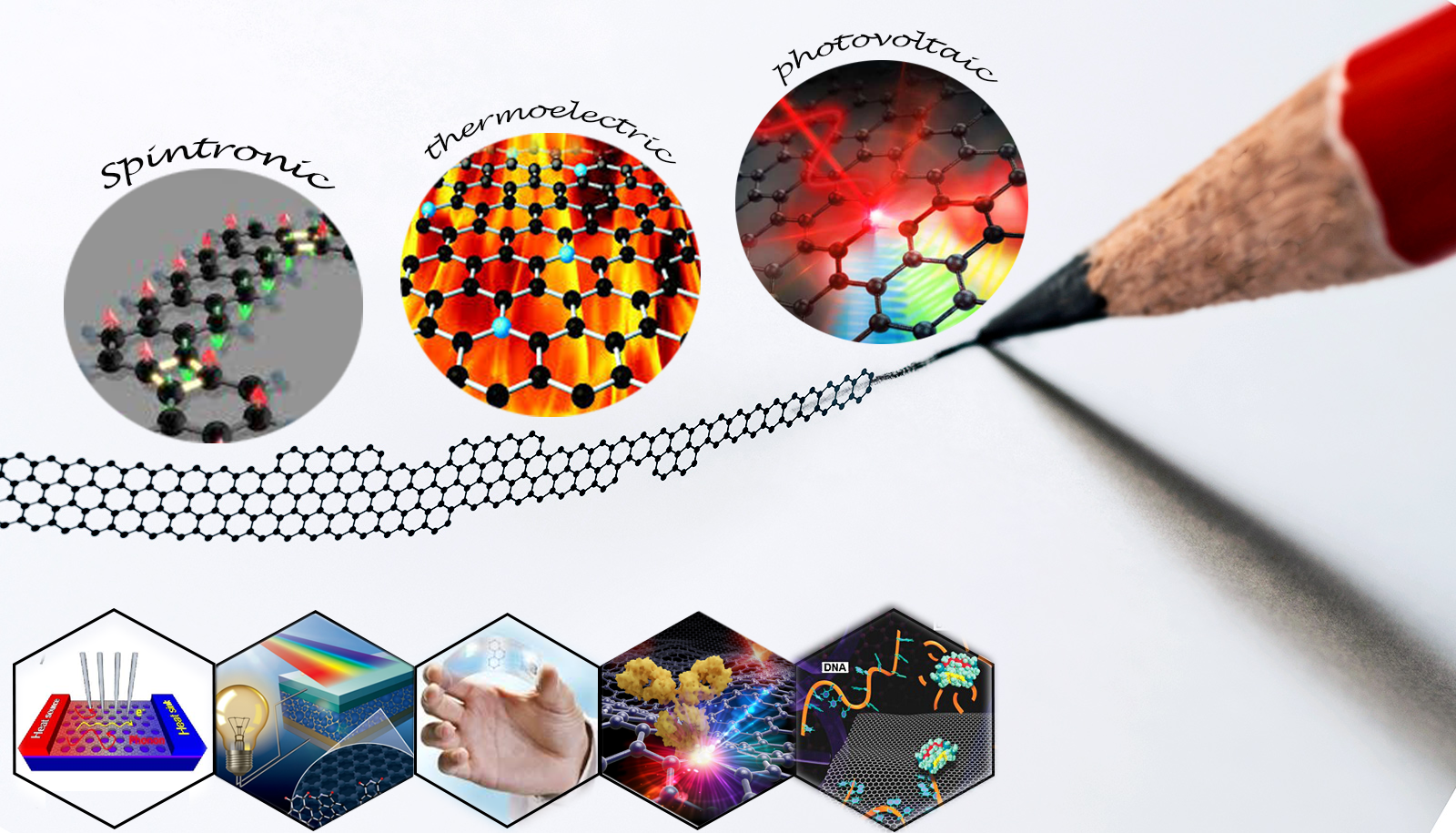| Authors | سمیه استکی,روح اله فرقدان |
|---|---|
| Journal | Chemical Physics Letters |
| Page number | 1 |
| Volume number | 869 |
| IF | ثبت نشده |
| Paper Type | Full Paper |
| Published At | 2025-03-25 |
| Journal Grade | Scientific - research |
| Journal Type | Electronic |
| Journal Country | Iran, Islamic Republic Of |
| Journal Index | JCR ,SCOPUS |
Abstract
This paper presents a comprehensive investigation into the effects of spin transport, thermal conductivity, and the Seebeck coefficient in the ferromagnetic phase of asymmetrically hydrogenated zigzag silicon carbide nanoribbons (2H-ZSiCNR-1H) with vacancy defects. Using density functional theory combined with the Landauer–Büttiker formalism, we explore how vacancy defects – ranging from the edge to the center of the nanoribbon – affect the spin-semiconducting and thermoelectric behaviors. While the spin-conserved gap and band structure for spin-up and spin-down electrons and holes exhibit significant differences, this asymmetry in the band structures and, ultimately, the transmission coefficient facilitates the generation of distinct thermal currents and spin-Seebeck coefficients (SSC) in these asymmetrically hydrogenated nanostructures. Furthermore, the presence and spatial arrangement of vacancy defects within the nanoribbon significantly impact the band structure, resulting in variations in spin current values, threshold temperatures, and SSC. In certain configurations, these defects can even induce negative differential thermoelectric resistance. Notably, the maximum SSC for defected structures reaches 1.6 mV/K for spin-up electrons, underscoring the potential of defect engineering in optimizing the thermoelectric and spintronic properties of 2H-ZSiCNR-1H nanoribbons for advanced applications.

